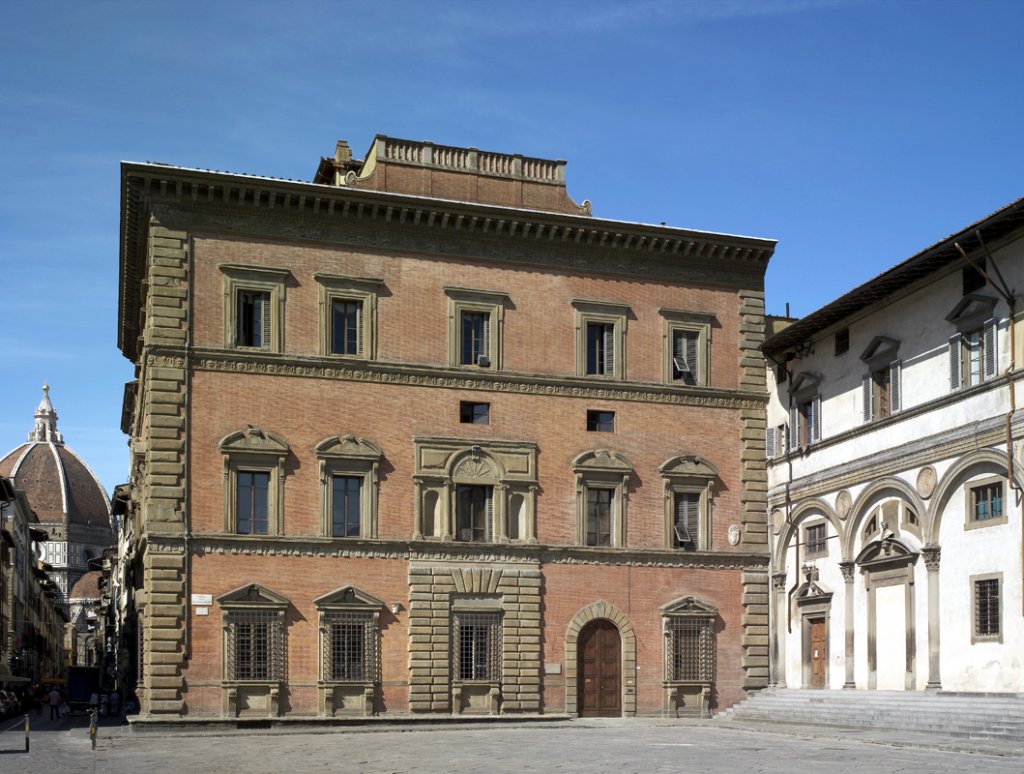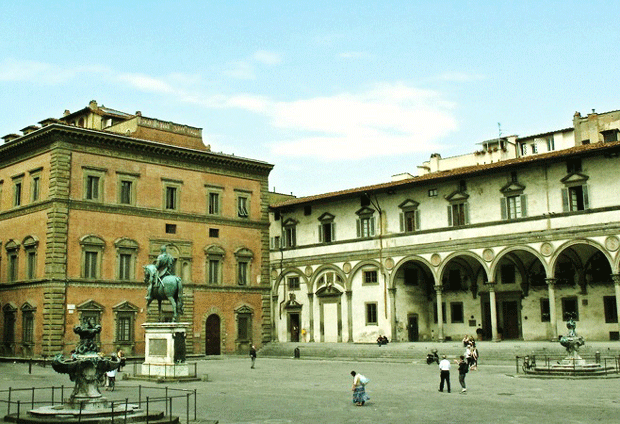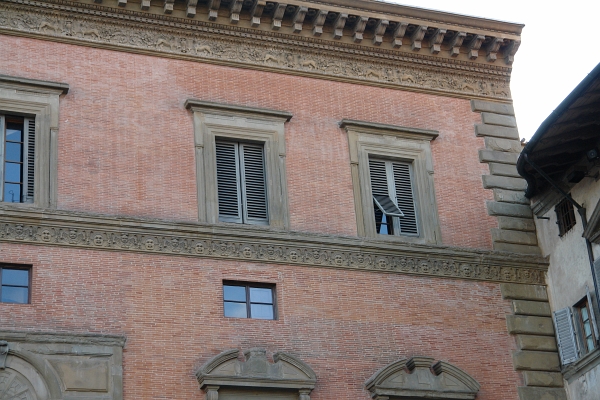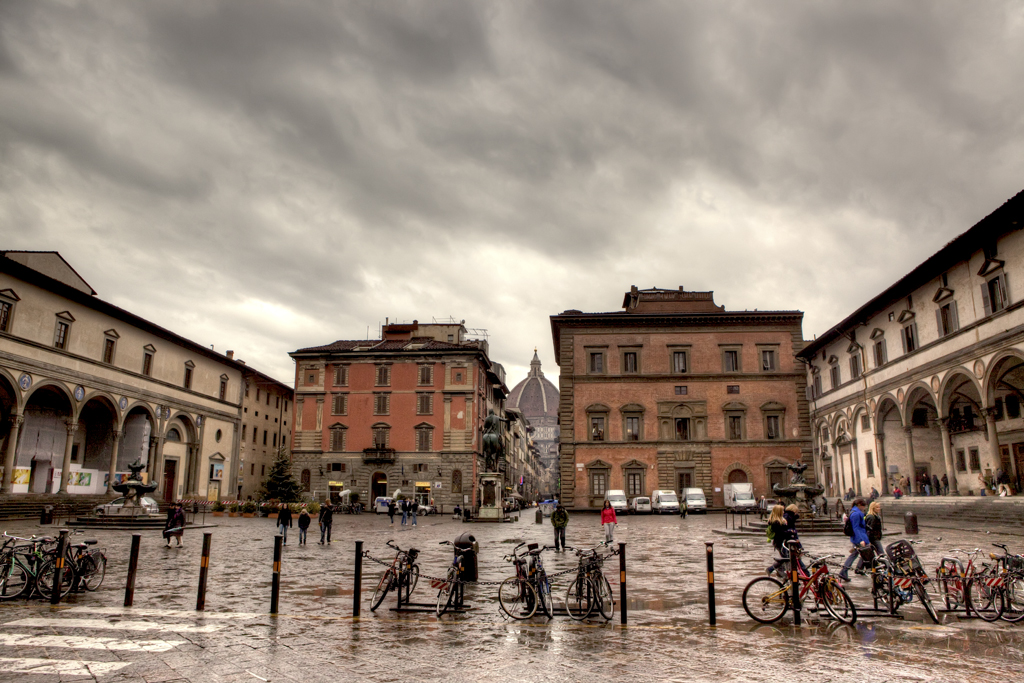
Palazzo Grifoni Budini Gattai
This post is also available in:
 Italiano (Italian)
Italiano (Italian)
Grifoni Budini Gattai Palace, in Florence, stands on an area that originally belonged to a religious order, and which was sold in the mid-XV century. Ugolino di Jacopo Grifoni, a rich and cultured gentleman of XVI century Florence, wanted to boast about his political power and ever-growing wealth, by building a luxurious residence; he asked to do so to architect Bartolomeo Ammannati, a pupil of Michelangelo and one of the most notable artists of that century, who had recently returned to Florence after years of successful work in Venice and Rome.
The building remained in the hands of the Grifonis until 1800. After several changes of ownership, it was then was sold to the knight Leopoldo Gattai and his son-in-law Francesco Budini – two building contractors from Florence and wealthy landowners.
Today, after more than a century, the palace is still owned by the Budini Gattai family.
THE PALACE
In 1574, the building was completed as it still looks today, apart from the XVIII century extension of the top floor.
The facade of the building has a large portal surmounted by allegorical bas-reliefs and, on the first floor, there’s a rich window decorated with the coat of arms of the Grifoni family. The external wall was made with an exposed brick texture – one of its kind in Florence.
The internal courtyard was replaced by the garden fitted with a portico with five arches; the latter is now closed by windows and decorated with statues.
In 1970, the palace became the seat of the first regional government of Tuscany – it retained such function until the end of the XX century. In the atrium of the building, such an important occurrence is commemorated by a marble plaque from Mount Altissimo, surmounted by a sculpture of a winged horse, the Pegasus symbol of the Region.
THE GARDEN
The architect Bartolomeo Ammannati designed the garden as well. The latter – featuring an inverted “T” layout – can be accessed through an imposing loggia now closed by five large windows. In the background, there are several grotesque fountains designed by Ammannati who, some years earlier in Rome, had designed the nymphaeum of Villa Giulia, its fountains, and its caves. In the XIX century, a small greenhouse, called “serrina”, and the hot glass and iron greenhouse were added.
The small garden, according to romantic taste, contains many plants: ancient camellia trees thrive next to the windows, and climbing roses frame the openings on the backdrop; there is also a laurel hemicycle with a statue of Mercury. Visitors can admire Osmanthus fragrans, a Cinnamonum camphora, an old knobby wisteria, a grove of banana trees, and the so-called “Monument to the missing tree” created in 1908 in memory of a centuries-old specimen of Laurus camphora that had dried up during the winter.
This post is also available in:
 Italiano (Italian)
Italiano (Italian)
Contatti
Piazza SS Annunziata 1 / Via dei Servi 51 - Firenze(FI)
055 210832
info@budinigattai.com



